

James Wong
2026 Audi SQ5 review: Quick drive
5 Days Ago

News Editor
Toyota Australia says it supports the introduction of emissions regulations, but it has a list of changes it says the Federal Government should make to its proposed New Vehicle Efficiency Standard (NVES).
“In finalising an ambitious NVES, we encourage the Federal Government to revisit its preferred option by incorporating measures similar to those that accompanied the introduction of fuel standards in the United States and many parts of Europe,” said Sean Hanley, Toyota Australia’s vice president of sales, marketing and franchise operations.
“These include transitional arrangements, super credits, consumer support mechanisms and investment in recharging infrastructure to help foster the uptake of new technologies.
“Without these measures, the NVES risks leaving customers behind and leading to unintended consequences that could defeat the intent of the proposed standard.”

Under the NVES, carmakers will be given targets for average CO2 emissions per kilometre across their vehicle fleets. Over time this CO2 target will move, forcing companies to provide vehicles with lower or zero emissions to meet stricter targets.
In the Government’s preferred Option B, this would initially be a penalty of $100 per g/km over the target.
If companies meet or beat their CO2 target, they’ll receive credits. If they miss it, they can either trade credits with a different supplier, make it up over a set period, or pay a penalty.
In its submission to the Government on the NVES, Toyota has outlined the changes it would like to be made to proposed regulations, arguing Option B is too stringent.
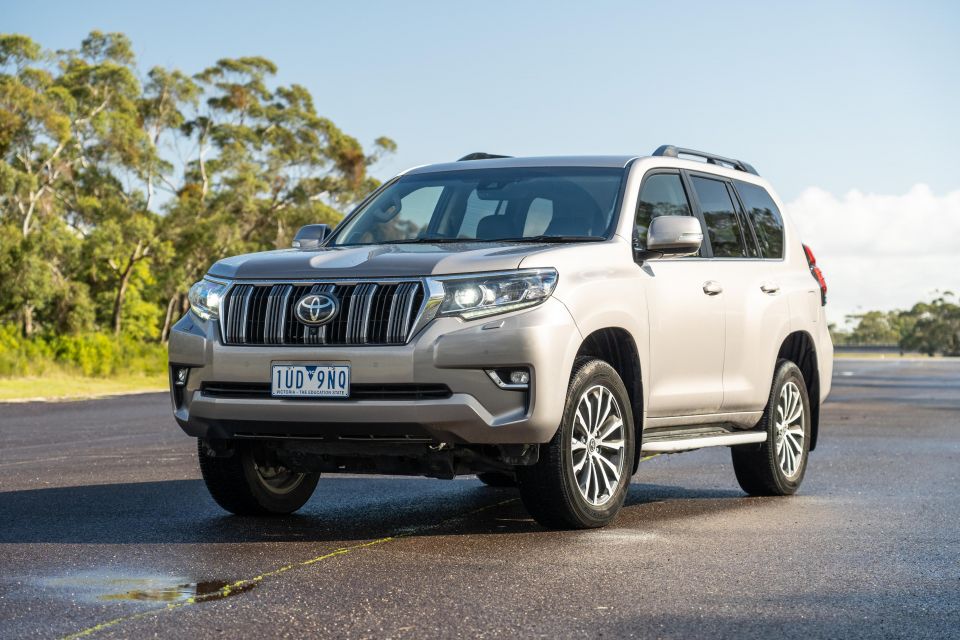
The Government has said it wants to catch up to the US with Option B, but Toyota argues there are elements in US emissions regulations missing from the proposed NVES option like so-called ‘super credits’, consumer incentives, and the banking, trading and pooling of credits by carmakers – all of which it has suggested in its submission.
Super credits allow zero- or low-emissions vehicles to be counted more than once. For example, a single EV may count as three vehicles when it comes to credits.
These feature in the Australian Government’s more lenient Option A.
You can view a more detailed breakdown of the Government’s three options here.
In its submission, Toyota calls on passenger vehicles to have different overall CO2 targets from large SUVs and utes, so that models like the LandCruiser 300 Series aren’t judged by the same standards as vehicles like the Corolla.
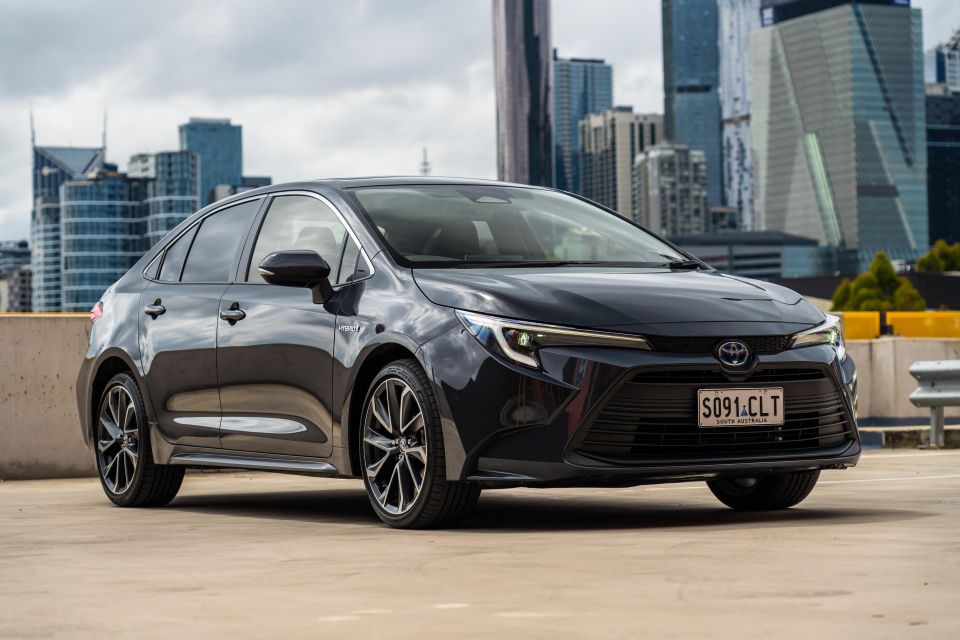
It also says the Government should consider off-cycle credits, which take into account features that may reduce a vehicle’s emissions in a way not measured in emissions testing, and air-conditioning credits, which incentivise the use of a more eco-friendly refrigerant.
Toyota has also called for CO2 penalties to be lowered, and for the Government to be charged a penalty of $100 per g/km not from January 1, 2025, as it has said it intends to, but rather from 2029.
Under Toyota’s proposed option, the penalty rate would increase each year from 2027 onwards, with no penalty imposed by the Government in 2025 or 2026.
Like Mazda, Toyota has signposted the fact the Government’s proposal contains no mention of customer subsidies for low- or zero-emissions vehicles, and says consideration should be given to “other financial consumer support and taxation arrangements”.
Toyota also says changes to ‘break points’ are necessary.
As outlined in the Government’s NVES proposal, break points align targets to vehicle weight thresholds.

Under Option B, a passenger car weighing below 1500kg has a CO2 target that doesn’t continue to reduce below 126g CO2/km as the vehicle gets lighter, while those that weigh over 2000kg have a target of 159g CO2/km.
Light commercial vehicles have the same lower break point of 1500kg, but an upper break point of 2200kg.
Toyota says the upper break points should be removed completely, or at least increased to 2400kg for passenger vehicles and 2800kg for light commercial vehicles in line with the US Environmental Protection Agency’s Greenhouse Gas Standards.
It says this is to ensure there are “no adverse consequences to the fit for purpose vehicles that are directly suited to unique Australian environmental conditions”. It notes there
It also warns all new and used vehicles coming to Australia should be subject to the same provisions, avoiding a loophole that could allow high-emitting vehicles to come into the country.
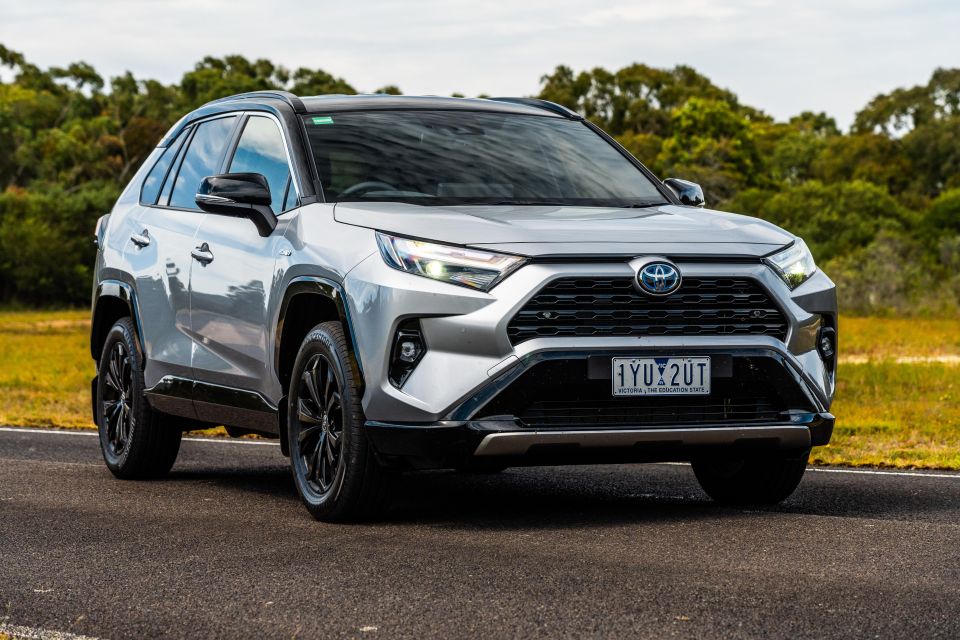
Faced with fines for exceeding the emissions cap, and the extra development cost associated with rolling out technology to clean up big vehicles, Mr Hanley said last month Toyota Australia has three choices.
The first is to pass the fines on to consumers in the sticker price of new vehicles, the second is to stop bringing high-emitting vehicles Down Under, and the third is to buy credits from carmakers with lower overall fleet emissions.
“If we were to be fined, the margins and the investments that go into developing these [low-emitting alternatives] is such that the customer would wear a good portion, if not all of it,” Mr Hanley said
“I just can’t imagine how you can absorb these massive fines – we’re not talking a couple of bucks here – if Option B goes through at the timing it’s proposed right now.”
MORE: ‘Aggressive’ emissions standards will mean price hikes, hurt ‘middle Australia’ – Toyota
Where expert car reviews meet expert car buying – CarExpert gives you trusted advice, personalised service and real savings on your next new car.
William Stopford is an automotive journalist based in Brisbane, Australia. William is a Business/Journalism graduate from the Queensland University of Technology who loves to travel, briefly lived in the US, and has a particular interest in the American car industry.


James Wong
5 Days Ago


Max Davies
4 Days Ago


Josh Nevett
2 Days Ago


Max Davies
2 Days Ago
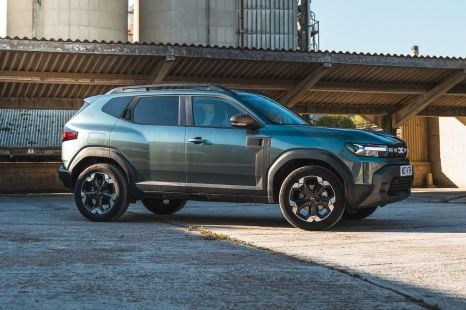

Damion Smy
2 Days Ago
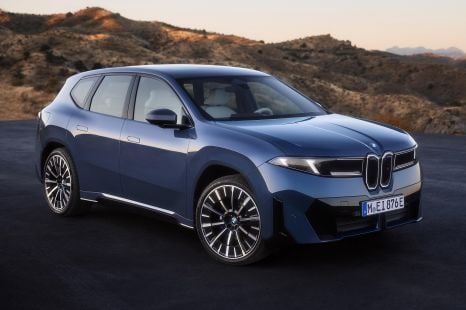

William Stopford
1 Day Ago